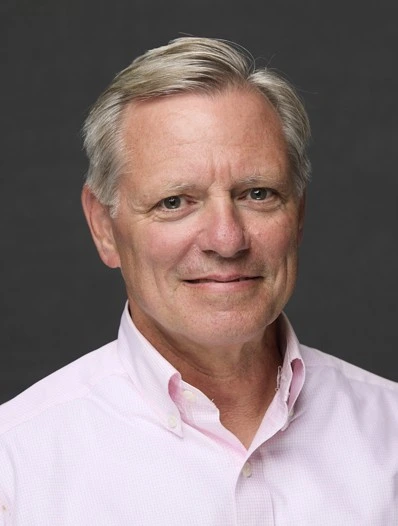- 1190
- 4
Headache: Classification & Management
Headaches are a common neurological symptom characterized by pain in the head and sometimes the neck region. There are two main categories of headaches: primary headaches and secondary headaches. Primary headaches, such as tension-type headaches, migraines, and cluster headaches, areSee More
About the Speaker
Dr. Min Htut
Alumni-
Consultant Neurologist, Global Care Hospital Abu Dhabi, United Arab Emirates
Dr. Min Htut
Consultant Neurologist , Global Care Hospital Abu Dhabi



